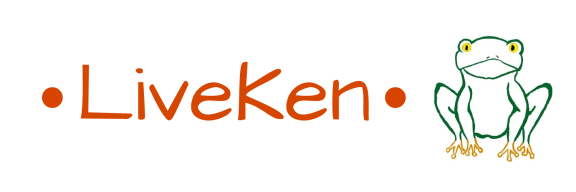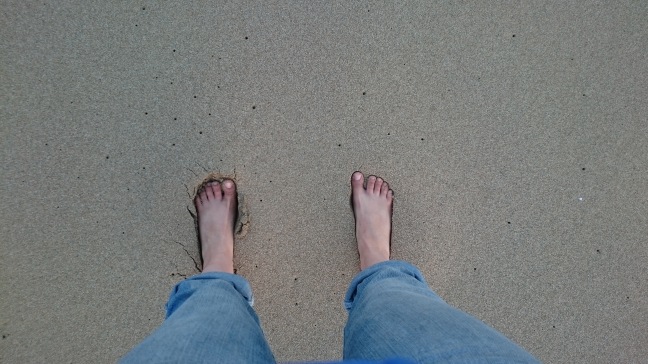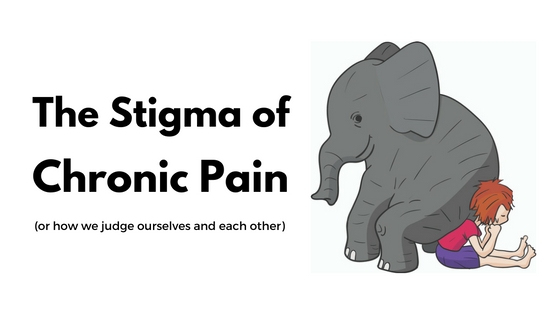Hello, yes I’m still here and still alive.
I’ve been wanting to write this post for a few weeks now but have struggled to find time when Foggy Frog isn’t being a pain!
With so much going on, writing this post has been a good reminder to me that I need to remember to pace myself and listen to my body. Although physically I’ve been able to do so much more, I’ve found mentally I’ve been struggling the last few weeks.
This means it’s time to reevaluate again and find what I can step back from to achieve balance again.
Pacing is such an important part of my management strategy for the pain and other debilitating symptoms, such as the fog and fatigue. With the changes in my medications over the last few months my pain levels have been lower and, as I said above, I’ve been able to do more than I have in over 3 years.
I’ve joined a gym and have found that doing something most days (generally a stretching based class or a swim) has been beneficial for my pain levels as well. My step count is back to an average of 7,000; a level I haven’t managed since December 2014.
I’m still working on the Australian Association of Environmental Education Biennial Conference occurring in October, and my upcoming book launch on 24 September… less than a month to go! This has meant meetings almost every day about one thing or another.
As you can probably tell there’s a lot going on at the moment. In fact, it’s a little too much so I’ve been slowly stepping back from the conference planning and trying to work out what the essential things are for me to get done for the book launch to be a success.
I want to keep up my physical activity, as I’m trying to make sure I’m as healthy and strong as possible for when we start trying for a family (something we’re seriously talking about at the moment). So that means saying No to some of the other activities in my life.
Right now I’m saying NO to:
- taking on any more for the AAEE Conference planning
- to other volunteer opportunities that don’t have any connection to possible paid work in the future
- meetings I can postpone until later
I’m saying YES to:
- time with family and friends
- actions that will progress the book launch
- actions that will help me be healthier and stronger (exercise, diet, rest)
What do you say No to in order to say YES to the things that matter?



